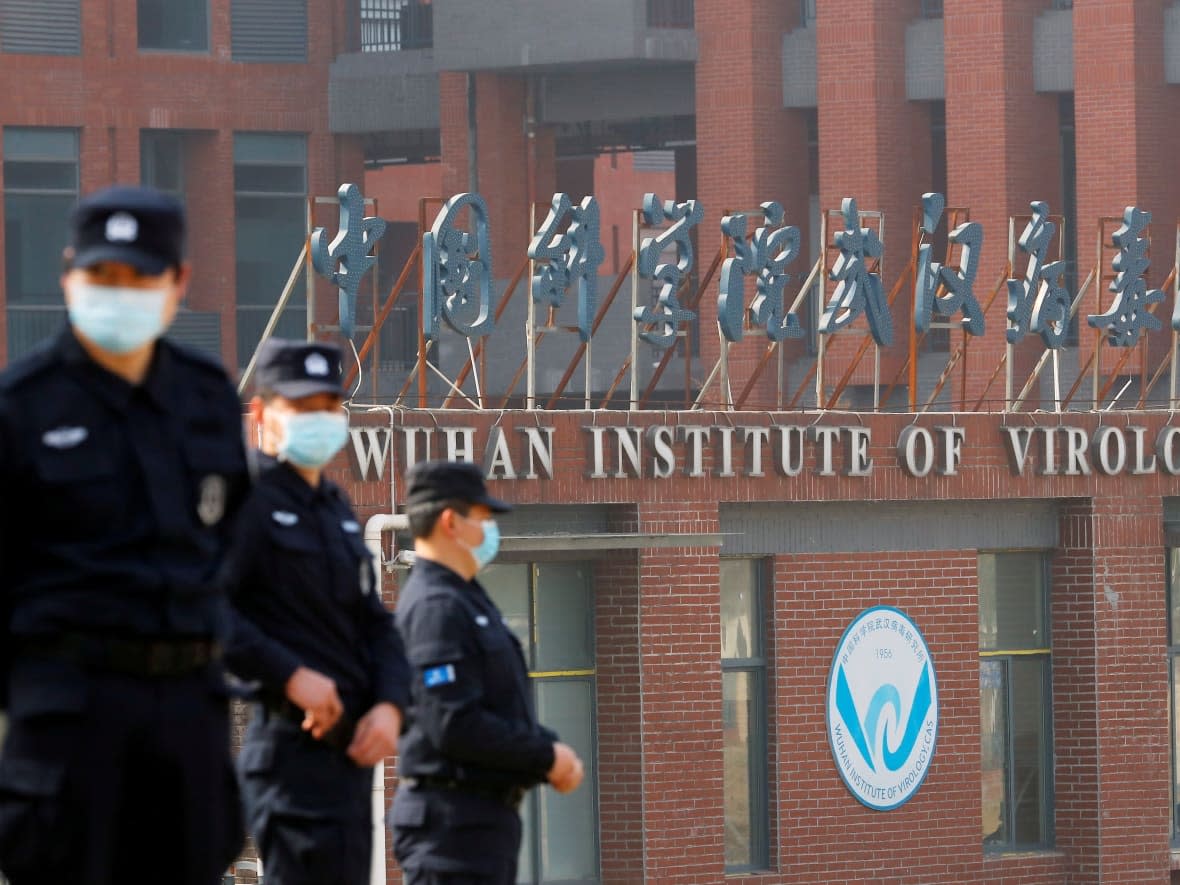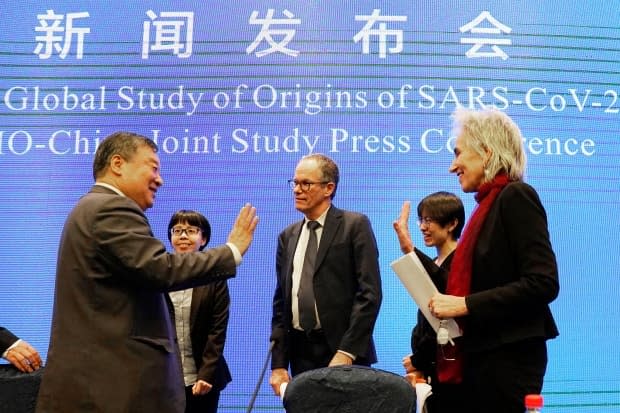The WHO hopes its new panel can determine the origin of COVID-19. Some experts are skeptical

An "imbalanced" group of experts and China's resistance to co-operate means the World Health Organization's new panel is unlikely to determine whether the origin of COVID-19 can be found in nature or traced to a lab leak, some experts suggest.
The WHO announced last week it had formed a new advisory group to look into the origins of emerging and re-emerging pathogens of epidemic and pandemic potential, including COVID-19.
Called the Scientific Advisory Group for the Origins of Novel Pathogens (SAGO), the 26-member proposed panel includes four members who took part in a WHO-led team that spent four weeks in and around Wuhan earlier this year with Chinese scientists.
Alina Chan, a Canadian molecular biologist at the Broad Institute of Harvard and MIT, said she doesn't have much faith in it.
"Based on the outcomes of the China-WHO joint study and the persistent lack of access to data and information in China, I'm not confident that the current list of SAGO members will make any headway into the origin of COVID-19," Chan, who also launched an open-source website to track COVID-19's genetic evolution, told CBC News in an email.
She was one of 18 scientists who signed a letter in May that was published in Science. It criticized the original panel's report about the origin of COVID-19 for not giving proper consideration to the lab-leak theory.
In an email to CBC News, Chan questioned the composition of the new panel, suggesting that some of the members from the original group who are on this new panel may carry biases.
She said she was disappointed that WHO did not take the opportunity to start SAGO on a clean slate and to pick experts who are as "uncontroversial as possible."
"Most of the international experts convened on the highly criticized initial joint study with China are back on SAGO," Chan said in an email to CBC News, "It will now be difficult to convince people that the new SAGO will be much different from the original joint study group.
'Could have been a fresh start'
"This could have been a fresh start to a WHO investigation of the origin of COVID, but they picked a committee that is, in my opinion, imbalanced and lacking in strong expertise in biosecurity and bioengineering."

Lawrence Gostin, a professor of global health law at Georgetown University who directs the World Health Organization Center on Global Health Law, also expressed skepticism about the panel's potential success.
"This new committee is highly reliant on China to allow them access to its territory, its scientific samples and its people — independent scientists, whistle blowers, health care workers and others," he said in a phone interview with CBC News.
"Trying to find the origins without China's co-operation is going to be extremely difficult.… If the U.S. intelligence agencies couldn't do it using covert methods, I don't know how a WHO team of scientists can possibly do that."
Last March, an initial team of WHO investigators released a report that determined that it was "likely to very likely," the coronavirus had a zoonotic source, meaning it was transmitted to humans by animals. They also concluded the idea that a laboratory incident was the source was "extremely unlikely."
But that report was subsequently criticized by the U.S., Canada, members of the scientific community and other governments for the lack of access granted to the investigators. WHO Director-General Dr. Tedros Adhanom Ghebreyesus also expressed concerns about the investigation, that the assessment was not "extensive enough" and that "further data and studies will be needed to reach more robust conclusions."
'2 theories not given balanced consideration'
"The two theories were not given balanced consideration," the scientists wrote in their letter. "Only four of the 313 pages of the report and its annexes addressed the possibility of a laboratory accident."
"We must take hypotheses about both natural and laboratory spillovers seriously until we have sufficient data."
The lab-leak theory postulates that researchers at the Wuhan Institute of Virology, which does work with coronaviruses, may have been studying or even modifying such viruses to better understand them, and that a lab accident may have allowed the virus to escape.
Initially dismissed as a conspiracy theory, the notion has since gained acceptance among some members of the scientific community that it's an avenue at least worth exploring.
Dr. Peter Hotez, dean of the National School of Tropical Medicine at the Baylor College of Medicine, said he still believes that a natural origin is most likely, but that both theories should be investigated.

Still, he questioned whether the WHO or any international body issuing a report will be that effective.
"What we need is a commitment from the Chinese to work with one or multiple countries to do this proper outbreak investigation," he said.
Hotez, who was a U.S. science envoy for the Obama administration, said there needs to be a year-long investigation in central China, which would require a team of international or U.S. and Chinese scientists all working together.
That team would be tasked with collecting samples from bats, exotic animals, livestock, along with virus samples and blood samples "and really identify at a granular level the origins of COVID-19," he said.
'They feel it's a witch hunt'
Instead, too many people with political agendas have been allowed to level unfounded charges to the point where China is now unco-operative in any kind of an international investigation, "likely because they feel it's a witch hunt," Hotez said.
"And there's been way too much emphasis on banging on the door of the Wuhan Institute, saying: 'Show me your lab notebooks' when we should realize by this point it's not going to be productive and it's not going to happen."
In July, China said it would not accept the World Health Organization's plan for the second phase of a study into the origins of COVID-19. Meanwhile, following WHO's announcement, Chen Xu, China's ambassador to the UN in Geneva, said the conclusions of the first joint study were "quite clear," adding that international teams had been sent to China twice already.
"It is time to send teams to other places," the ambassador said.
WATCH | Vaccine inequity 'driving up transmissions' despite declining caseloads, WHO official says:
Arinjay Banerjee, a research scientist with VIDO-Intervac, a vaccine research facility at the University of Saskatchewan, said in any context, definitively determining the source of COVID-19 could be very challenging.
He said he believes the anecdotal evidence certainly supports a zoonotic transmission, but it would be difficult to definitively prove.
"You have to get very lucky," he said. "When it happens, it's so transient, you just can't pinpoint where it happened."
For example, scientists were able to connect the Middle East Respiratory Syndrome (MERS) to camels because they found the virus in camels, Banerjee said.
"If the samples are lost, if the sample have been consumed or they've gone from the wet food markets, like how would you ever find out what happened?
"I would say it's not like looking for a needle in the haystack. It's like looking for a needle in a needle stack."

 Yahoo Movies
Yahoo Movies 
